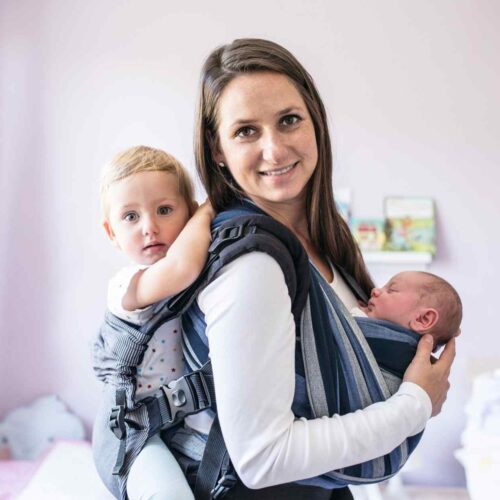Learning to read at a young age is important for the development of the child. It helps them develop a better understand of their surroundings, allows them to gather information from printed materials, and provides them with a wonderful source of entertainment when they read stories and rhymes. Children develop at different rates, and some children will develop reading skills quicker than other children; however, what’s important is that as the parent, you are aware of your child’s maturity and reading level so you can provide them with appropriate books and activities to help them flourish and grow their love for reading!
Just a heads up, this page may contain Amazon, Etsy, and other affiliate links. We may make a small commission from any clicks at no expense to you. Head over to our disclosure policy for more information.

Especially in those early toddler years, you are the most important teacher for your kids! You are the first person to introduce your child to books and foster their love for stories and learning. Before kids even understand the story being read to them, they benefit from exploring textures and colors in books, flipping the pages, and spending quality time with mom or dad (be sure to read our article on our top 10 favorite books for baby’s first year).
We’ve compiled a few tips on how to teach a child how to read using a unique phonics for kids program below for when you are ready to start encouraging your little one to read on their own (even before they are in school!)
#1: Teach alphabet letters and sounds together
Teach your child alphabet letters and sounds at the same time. Studies have shown that children learn best when they are taught the letter names and letter sounds at the same time. In one study, 58 preschool children were randomly assigned to receive instructions in letter names and sounds, letter sound only, or numbers (control group). The results of this study are consistent with past research results in that it found children receiving letter name and sound instruction were most likely to learn the sounds of letters whose names included cues to their sounds. [1]
When teaching your little one the letter sounds, have them slowly trace the letter, while saying the sound of the letter at the same time. For example, if you were teaching your child the letter “A”, you would say:
“The letter A makes the /A/ (ah) sound.”
Then have your child say the /A/ sound while tracing the letter with his or her index finger.
You can have them trace it in the book you are reading, or pick up some fun and engaging phonics flashcards to do this activity with!
#2: Show them how to read from left to right and top to bottom
Have you ever seen a little one (in your life or maybe a movie) pick up a book and pretend to read it, but they are holding it upside down? Babies are not born with the knowledge that printed text should be read from left to right and top to bottom, and this is why you’ll sometimes see children reading from right to left instead – because they were never explicitly taught to read from left to right. When teaching your child how to read, always emphasize this point with them.
When teaching your child to read, always emphasize with them that the proper reading order should be from left to right, and top to bottom. To adults, this may seem so basic that anyone should know it, but it is a learned skill.
#3: Rhyme!
It’s not a coincidence that so many of the classic songs we sing to our kids from the time they are born rhyme… that’s why they are called nursery rhymes after all.
Teach final consonant blends first. Teaching words such “at” and “and” can lead your child directly to learning words that rhyme with these. For example, for “at”, you can have: Pat Mat Cat Sat Bat Spat Chat
For “and”, you can have these rhyming words:
Sand Band Land Hand Stand Bland Brand Grand and so on…
You can start implementing this technique of replacing one letter with another to create rhyming words once your child has learned the sounds of some consonants and short vowel sounds. You don’t need to wait until your child has mastered the sounds of all the letters before teaching these blends.
Learning to read is a long process, but it doesn’t have to be a difficult process using phonics for kids. Broken down into simple and logical steps, kids as young as two years old can learn to read, and older children can accomplish even more – all before entering preschool or kindergarten.
Notes:
1. J Exp Child Psychol. 2010 Apr;105(4):324-44. Epub 2010 Jan 25. Learning letter names and sounds: effects of instruction, letter type, and phonological processing skill. Piasta SB, Wagner RK. Preschool Language and Literacy Lab, The Ohio State University, Columbus, OH 43210, USA.


